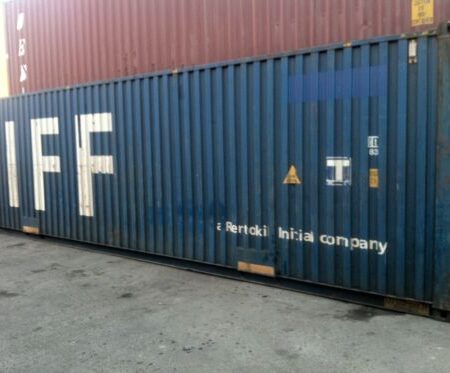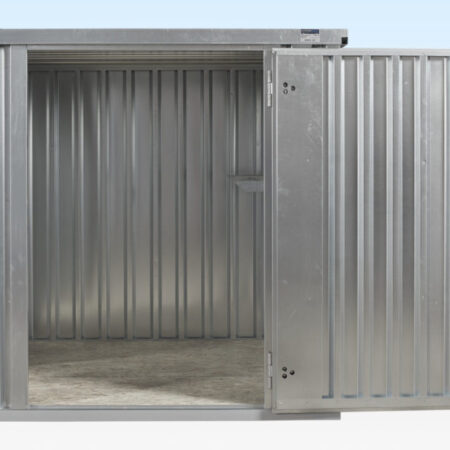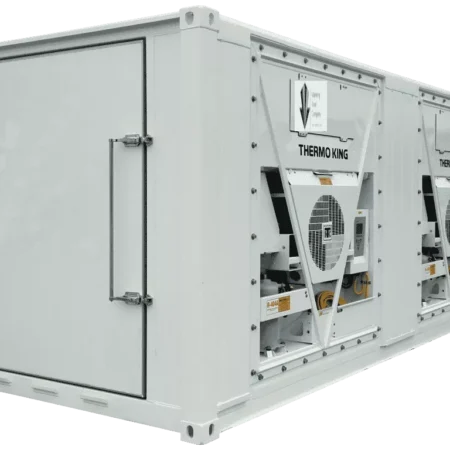Various Types Of Shipping Container Conditions
Shipping containers come in various conditions, each indicating their level of wear, age, and structural integrity. Understanding these conditions is crucial when purchasing a shipping container, as it directly impacts the container’s suitability for your intended use. Here are the common shipping container conditions:
1. New (One-Trip) Containers:
New containers, often referred to as “one-trip” containers, are the most pristine option available. They have only been used for a single cargo shipment, typically from the factory to their destination. One-trip containers are in excellent condition, free from major wear, dents, and rust. They offer a clean appearance, and their structural integrity is guaranteed. These containers are ideal for projects requiring a high-quality, aesthetically pleasing container.
2. Cargo-Worthy (CW) Containers:
Cargo-worthy containers are used containers that meet the standards required for international shipping. They are still structurally sound and can be used for transporting goods across oceans. While they may have some wear, dents, and minor surface rust, they are considered suitable for further shipping. Cargo-worthy containers are a cost-effective option for storage or projects where aesthetics are less important.
3. Wind and Watertight (WWT) Containers:
Wind and watertight containers, often abbreviated as WWT, are used containers that are no longer suitable for international shipping due to minor damage or aging. While they may have some rust, dents, and cosmetic imperfections, they are sealed against wind and water. These containers are commonly used for onsite storage or projects where a high level of structural integrity is required, but appearance is not a primary concern.
4. As-Is Containers:
As-is containers are typically the lowest condition option. They may have significant wear, rust, dents, and other visible damage. As-is containers are often used for projects where aesthetics and structural integrity are not critical, such as creating barriers or enclosing construction sites. These containers are usually the most budget-friendly option.
5. Refurbished or Modified Containers:
Refurbished or modified containers have undergone significant repairs or modifications to improve their condition and functionality. These containers can vary widely in terms of quality, depending on the extent of the refurbishment. They may have new paint, repaired surfaces, added doors or windows, insulation, and other customizations. Refurbished containers are a good option if you need specific modifications or want to balance quality with cost.
When choosing a shipping container, carefully consider the intended use, budget, and level of wear you’re comfortable with. If structural integrity and aesthetics are important, new or cargo-worthy containers might be the best choice. If cost is a primary concern, wind and watertight or as-is containers could be suitable. Always inspect the container in person or request detailed photos before making a decision.




